☟
One of the reasons I love doing this blog is because every once in a while I am contacted by someone who has read an article and can give us some awesome additional info we previously didn't have...
Way back in 2011 we featured an article on the mid '70s Ampeg Phazzer (
read it here), and after a few years of being part of the online ether it caught the attention of the original designer, Donald Tillman!
He was kind enough to add some really cool insider details on the pedal, so I'll just let you read them for yourself below:
Hi.
I just discovered your excellent review of the Ampeg Phazzer.
Thanks! I designed the Ampeg Phazzer. So if you have any questions about it, feel free to ask.
This was manufactured by a company called "I W Turner", a very small music electronics company in the town I grew up in, Port Washington, New York. (That's on Long Island, just outside New York City.) This was a basement operation; literally, it was in the basement of a fabric store. It was a side project of the the local high school band director who had an inventor/entrepreneur streak. I was a nerdy kid, and I showed him some of my electronics work and he hired me part time to do some engineering there. The name is made up; the initials stand for the first names of the two partners, the Turner part was a family name that went well with it.
The company sold music electronics to schools. The first product was a metronome. And since synthesizers and electronic music was getting popular then, we made a set of modules to introduce elementary school kids to the rudiments of electronic music; oscillators, filters, etc.
At that time the phase shifter was the cool new guitar effect. (It changes the tone, but not in an obvious way.) We used an MXR Phase 90 as a model, and I reverse engineered it, and tweaked and improved the design a bit:
* replaced the individual FET's with a CD4069 chip, biased off so the internal FET transistors are available, it's cheaper and the FETs are matched
* better LFO circuit, the slow sweeps are smoother
* better mixing of the phased and original signals, better output drive
At the time, Ampeg wanted to get into the stomp box business, so we made a deal to build some number of units for them. (My memory is telling me it was 1000 units, but I'm not sure that's right.) And these were branded for Ampeg (clearly). Ampeg later decided not to get into the stomp box business, and seems to have found them in a warehouse and sold them off at some point.
"Time Labs" was a brand name of I W Turner, used on some of the products.
There's no relationship to the Ampeg Scrambler Fuzz. Or any other Ampeg product for that matter. :-)
And that line about the Univibe as inspiration; nope, 'never played or seen one. The Univibe is actually closer to the Magnatone.
-- Don
On top of that, I more recently stumbled onto an old post over at
freestompboxes where the original manual for the Ampeg Phazzer was posted (thanks Jimi!). It confirms everything Don had to say in his email, in regards to the manufacturer, and helps solidify a more accurate story for this small piece of phase shifting (and Ampeg) history.
-ed





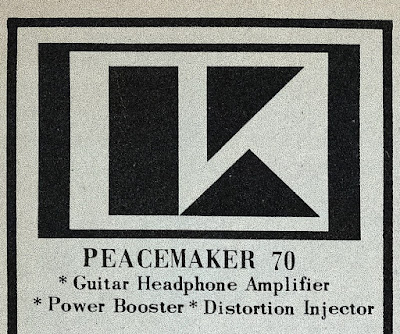



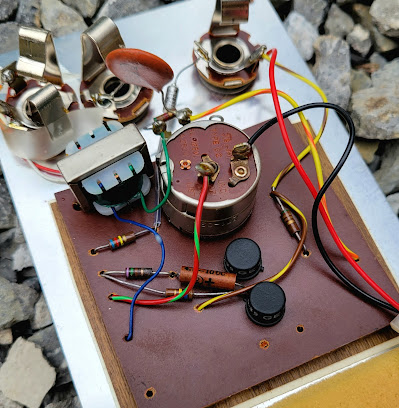








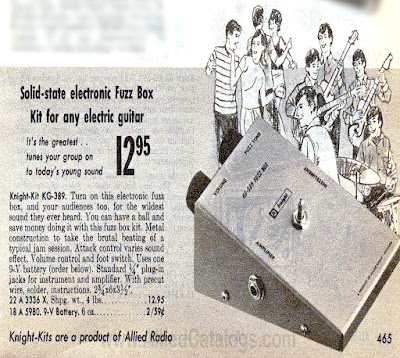















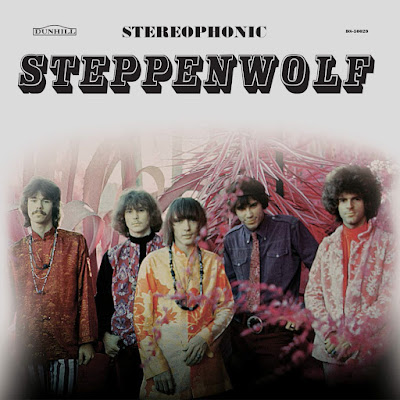

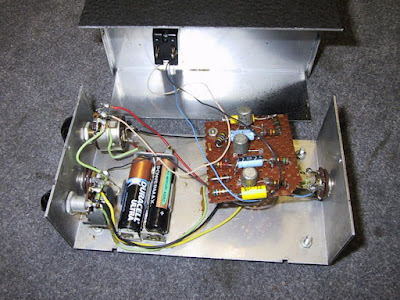
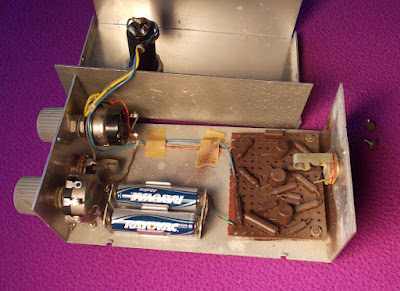












8cGJQjw~~60_57.JPG)
8bwtekw~~60_57.JPG)
